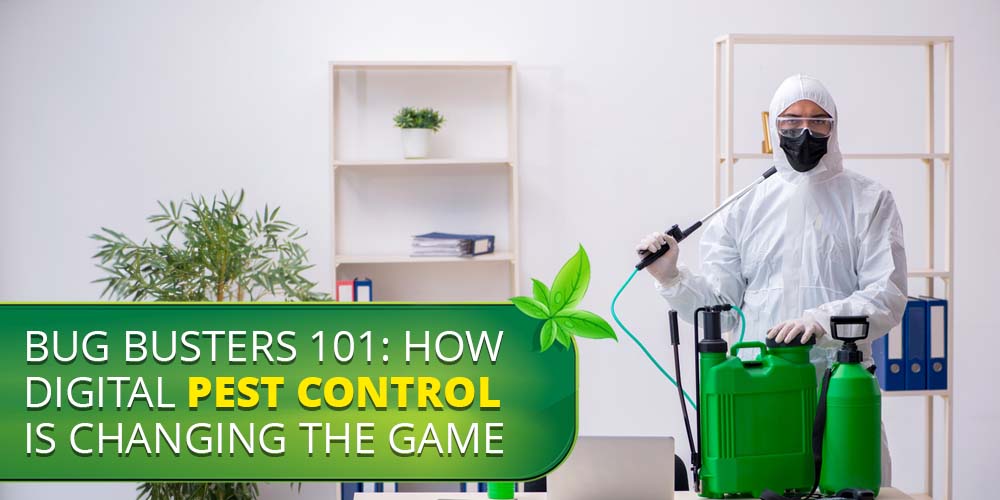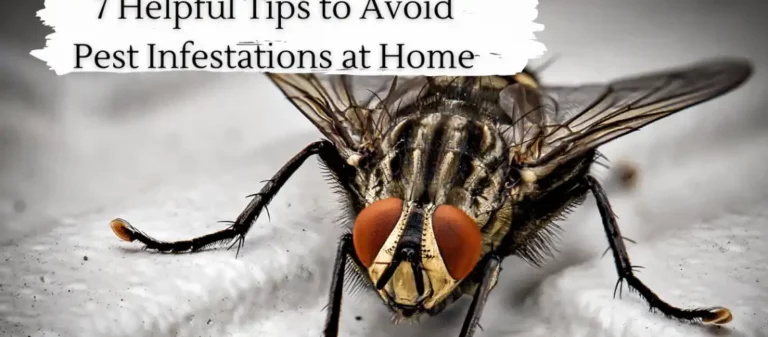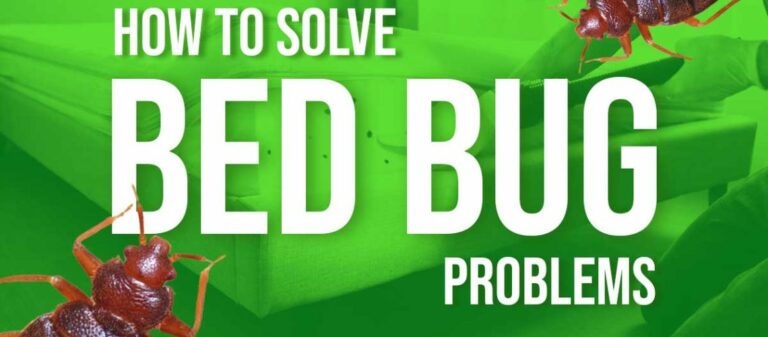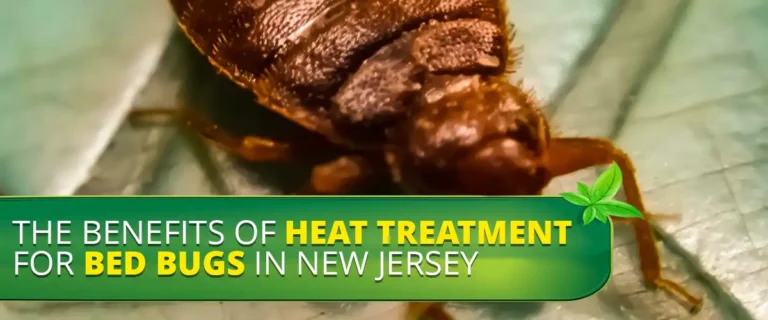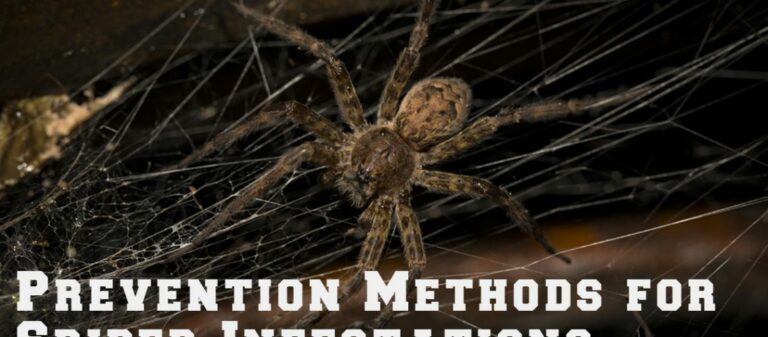Have you ever wondered how technology is revolutionizing pest control? In a significant shift from conventional strategies, the industry embraces digital solutions, offering a more efficient and immediate approach. With the integration of technology, digital pest control is the future. This innovative method ensures precision, eco-friendliness, and cost savings.
Ready to explore how digital pest control can transform your approach to pest management? Read on and explore with us as we navigate this new, innovative approach.
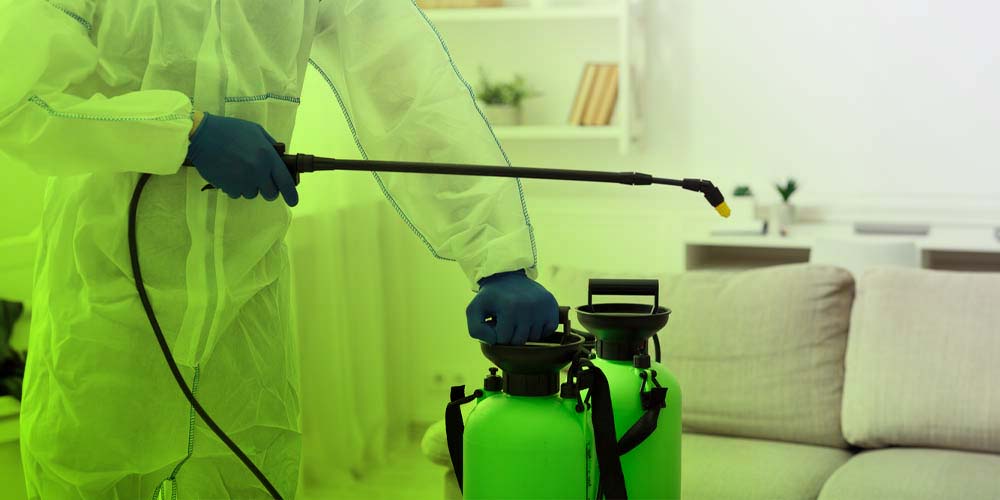
The Evolution of Pest Control Methods
Pest control has evolved significantly, moving from reliance on chemical solutions to adopting advanced digital technologies. Initially, pest management relied heavily on chemical repellents and traps, but concerns over environmental impact and effectiveness have spurred a shift towards more innovative methods. This transition reflects a growing demand for sustainable pest control solutions that are safer for the environment and human health.
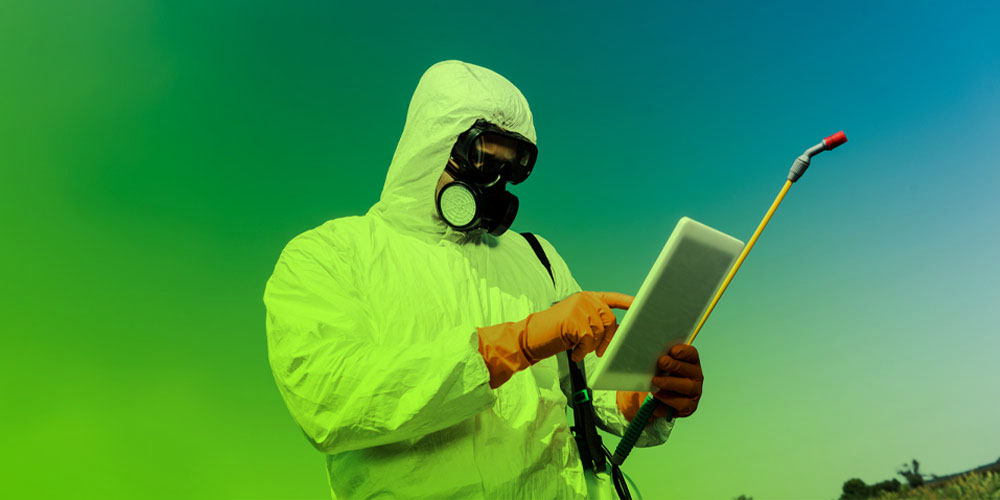
What is Digital Pest Control?
Digital pest control is a modern approach that combines technology with traditional pest management practices. At its core, it uses digital tools like IoT (Internet of Things) devices, AI algorithms, and data analytics to monitor, detect, and control pest activities more efficiently. This tech integration allows for real-time data collection, predictive analytics, and automated responses.
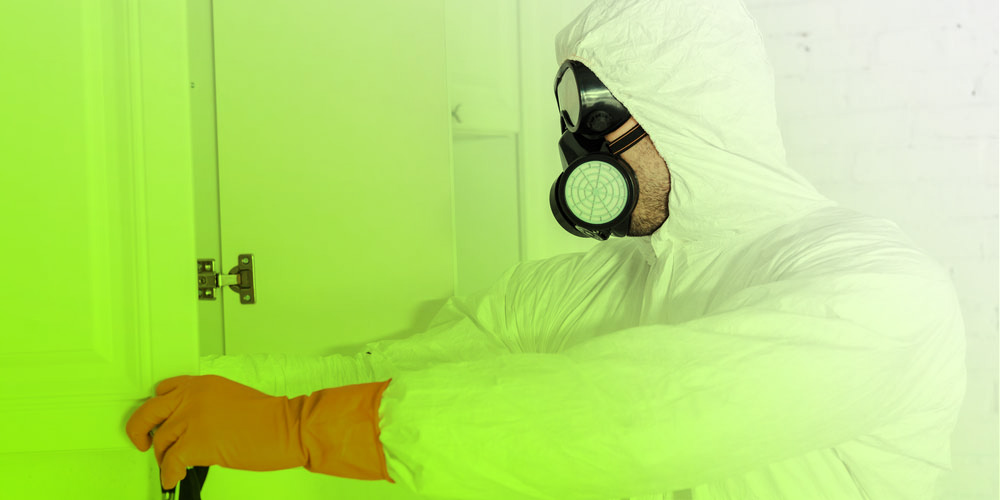
How Technology Changed the Future of Pest Control
Technology is revolutionizing the pest control industry with advanced tools and systems. It has enhanced efficiency and eco-friendliness in managing pests. These innovations include:
- Smart traps: Devices equipped with sensors to automatically detect and capture pests, minimizing the need for human intervention.
- Sensors: Tools that monitor environmental conditions like humidity and temperature, crucial for predicting and managing pest activity.
- Automated monitoring systems: Systems that analyze data from sensors and smart traps to identify trends, enabling proactive pest management strategies.
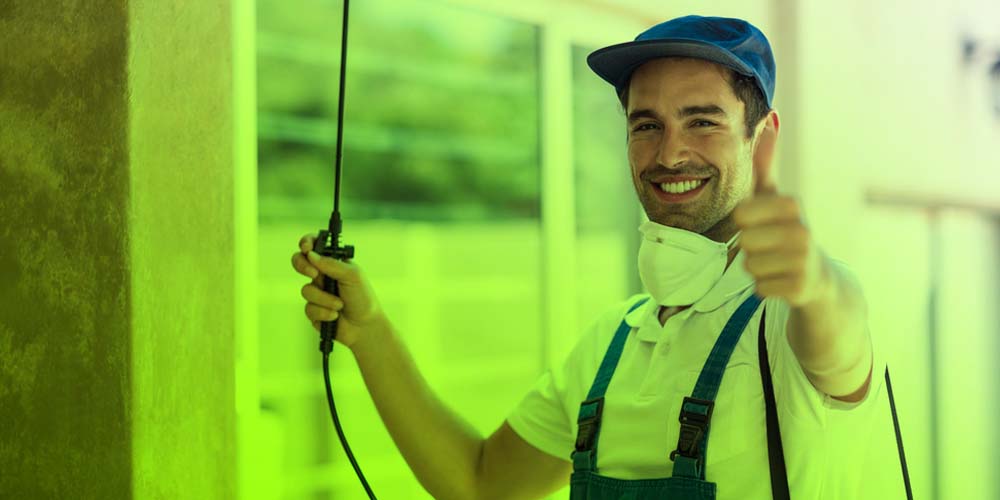
Benefits of Digital Pest Control
Digital pest control stands out as a revolutionary approach, distinctly superior to traditional methods in various aspects. By harnessing the power of technology, it has also introduced an environmentally friendly solution that aligns with modern sustainability goals. Here’s a closer look at its key benefits when compared to conventional pest control practices:
- Enhanced Efficiency: Automated systems and smart technologies enable quicker detection and response to pest issues.
- Improved Accuracy: Digital tools provide precise monitoring and data, leading to targeted pest control actions.
- Eco-Friendliness: Digital methods are more environmentally sustainable with less reliance on chemicals.
- Cost Savings: Initially more expensive, these technologies ultimately lead to significant savings over time, thanks to their increased efficiency and lower labor costs.
In contrast, traditional pest control often relies on the regular application of chemicals, which can be less targeted and more harmful to the environment. Additionally, conventional methods may require more frequent manual intervention, increasing long-term costs and labor.
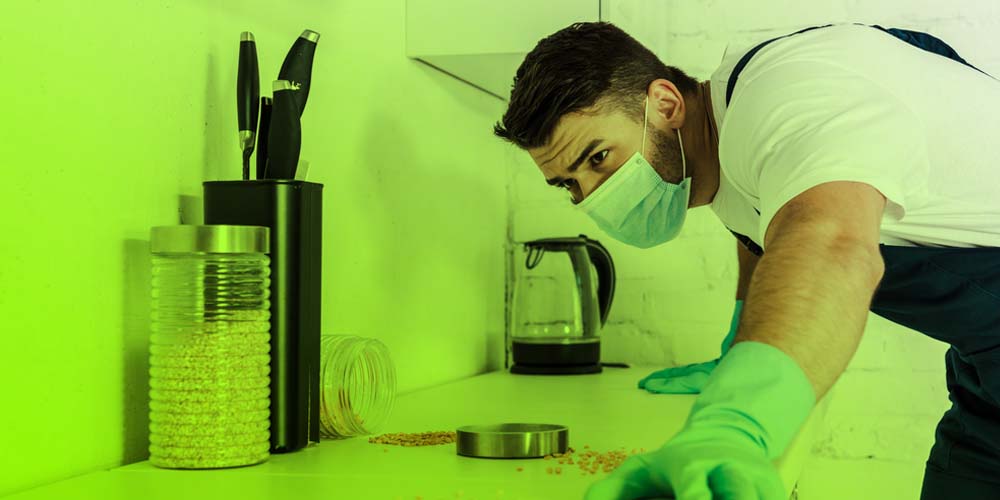
Seamless Integration: Adopting Digital Pest Control
Integrating digital pest control solutions across homes, businesses, and agricultural areas is a straightforward process that brings substantial benefits. Key aspects include:
- Setup Process: Installation typically involves placing smart devices like sensors and traps, which are often user-friendly and require minimal technical expertise.
- Ease of Use: These systems are designed for simplicity, with many offering intuitive interfaces and remote monitoring through apps.
- Maintenance: Digital solutions generally demand less upkeep than traditional methods, with maintenance primarily focusing on the occasional check of devices and software updates.
Overall, the transition to digital pest control is less daunting than it might seem, providing a modern, efficient approach to managing pest issues in various environments.
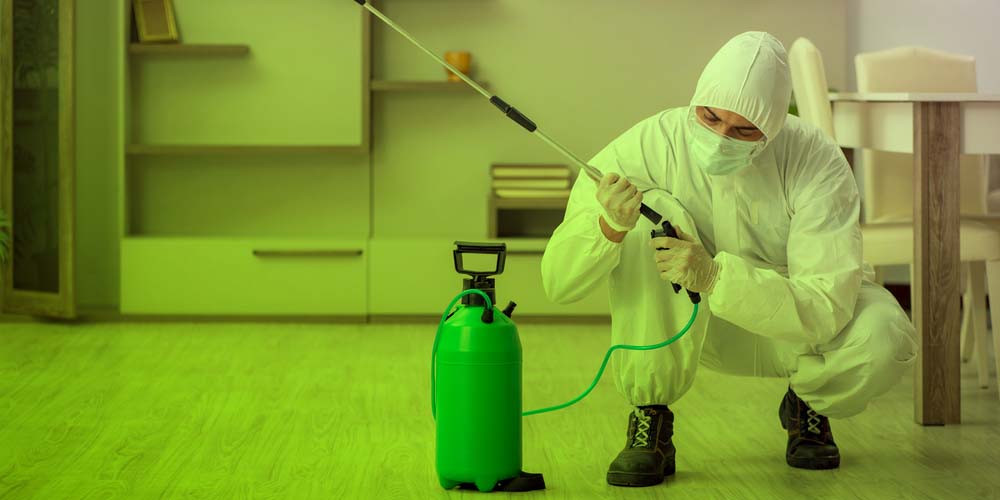
Simplifying the Challenges of Digital Pest Control
Digital pest control presents a unique set of challenges, each requiring a strategic approach to overcome. Below is a concise table outlining these key challenges and their corresponding solutions aimed at facilitating a smoother transition to this method:
| Challenges | Solutions |
| Navigating Tech Complexity | Opt for user-friendly systems; provide comprehensive training |
| Balancing Initial Costs | Highlight long-term savings; offer flexible payment plans |
| Overcoming User Skepticism | Share success stories and data; offer trials or demos |

The Role of Data in Pest Management
Harnessing data from digital pest management systems revolutionizes how we combat infestations. By analyzing trends and patterns, these systems not only alert us to current issues but also predict future outbreaks, allowing for timely and precise interventions.
Furthermore, this wealth of data leads to smarter, more targeted strategies, ensuring that pest control is both reactive and proactive. In turn, this enhances 1) efficiency, 2) reduces costs, and 3) minimizes environmental impact, marking a significant leap forward in pest management practices.
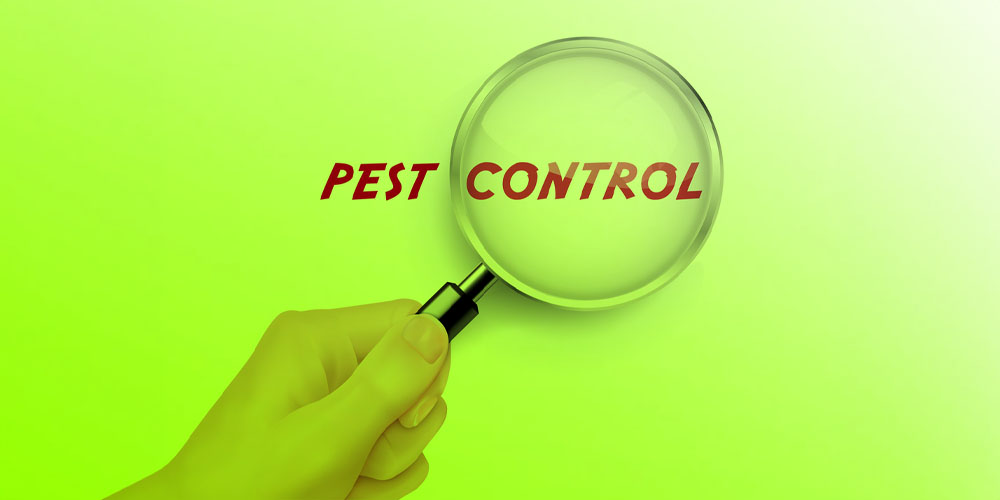
How To Choose the Best Digital Pest Control Service
With various options available, choosing the best provider to these services can be overwhelming. Consider these critical factors for a reliable choice:
- Advanced Technology: Ensure the provider uses up-to-date, effective technology for pest detection and management.
- Customer Support: Look for a provider offering robust support and service, ensuring you have help when you need it.
- Proven Success: Check for a track record of successful pest control solutions, with testimonials or case studies as proof.
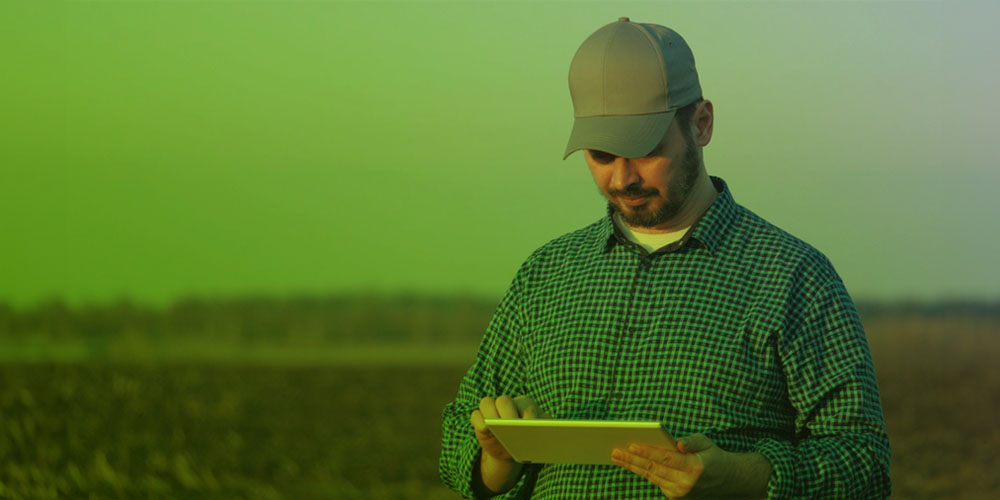
Digital Trends and Predictions
The future of pest control is gearing up for exciting digital transformations. Key trends and predictions include:
- AI and Machine Learning: These are enhanced predictive analytics for early pest detection and customized intervention strategies. For instance, a recent study introduces a cost-effective and efficient bed bug monitor that uses a sugar-yeast mixture combined with a chemical lure to release carbon dioxide.
- IoT Expansion: More interconnected devices leading to comprehensive, real-time monitoring and control systems. Across Europe, IoT technology is already utilized in the fight against the bedbug crisis.
- Automated Solutions: Increased use of robotics and automation for efficient pest management with minimal human intervention.
- Eco-friendly Approaches: A shift towards greener methods, reducing chemical usage and environmental impact.
- Data-Driven Strategies: Leveraging big data for more informed decision-making and precise pest control measures.
These advancements promise a new era in pest management characterized by smarter, more efficient, and environmentally responsible practices.
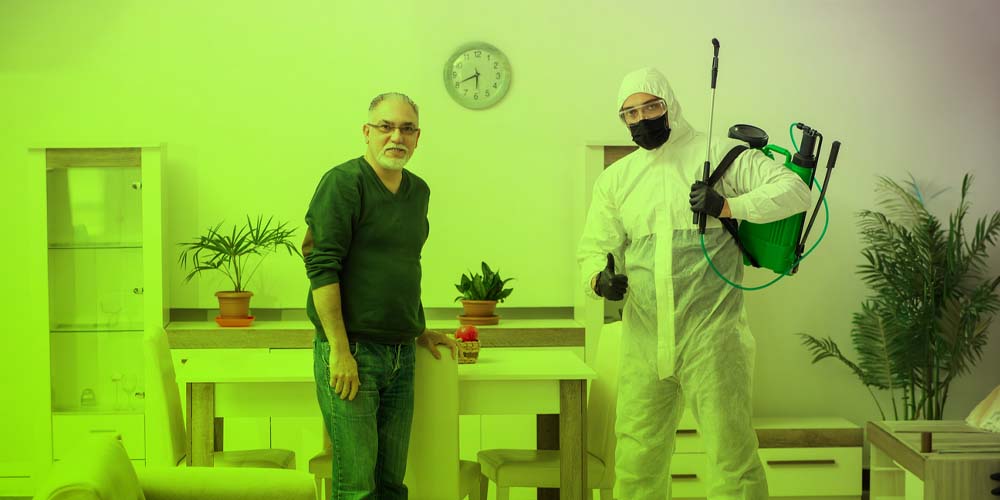
Revolutionizing Pest Management: The Future is Now
Digital pest control is radically transforming the pest management industry. Its prowess in analyzing data for predictive insights and crafting targeted strategies is awe-inspiring. Moreover, this modern approach excels in efficiency, accuracy, and environmental sensitivity— adeptly tackling current infestations and adeptly preventing future ones.
Consequently, as the industry evolves, embracing technology for pest control is not just a wise choice but a necessary step forward. Exploring digital pest control in Seaside Heights, NJ, offers a glimpse into the future of effective pest management. Don’t wait – join the revolution today and see the difference for yourself!
References:
- TechInformed. (2023, October 30). IoT Pest Tech Used to combat European bedbug crisis. Retrieved from https://techinformed.com/iot-pest-tech-used-to-combat-european-bedbug-crisis/
Singh, N., Wang, C., & Cooper, R. (2015). Effectiveness of a Sugar-Yeast Monitor and a Chemical Lure for Detecting Bed Bugs. Retrieved from https://pubmed.ncbi.nlm.nih.gov/26470258/

